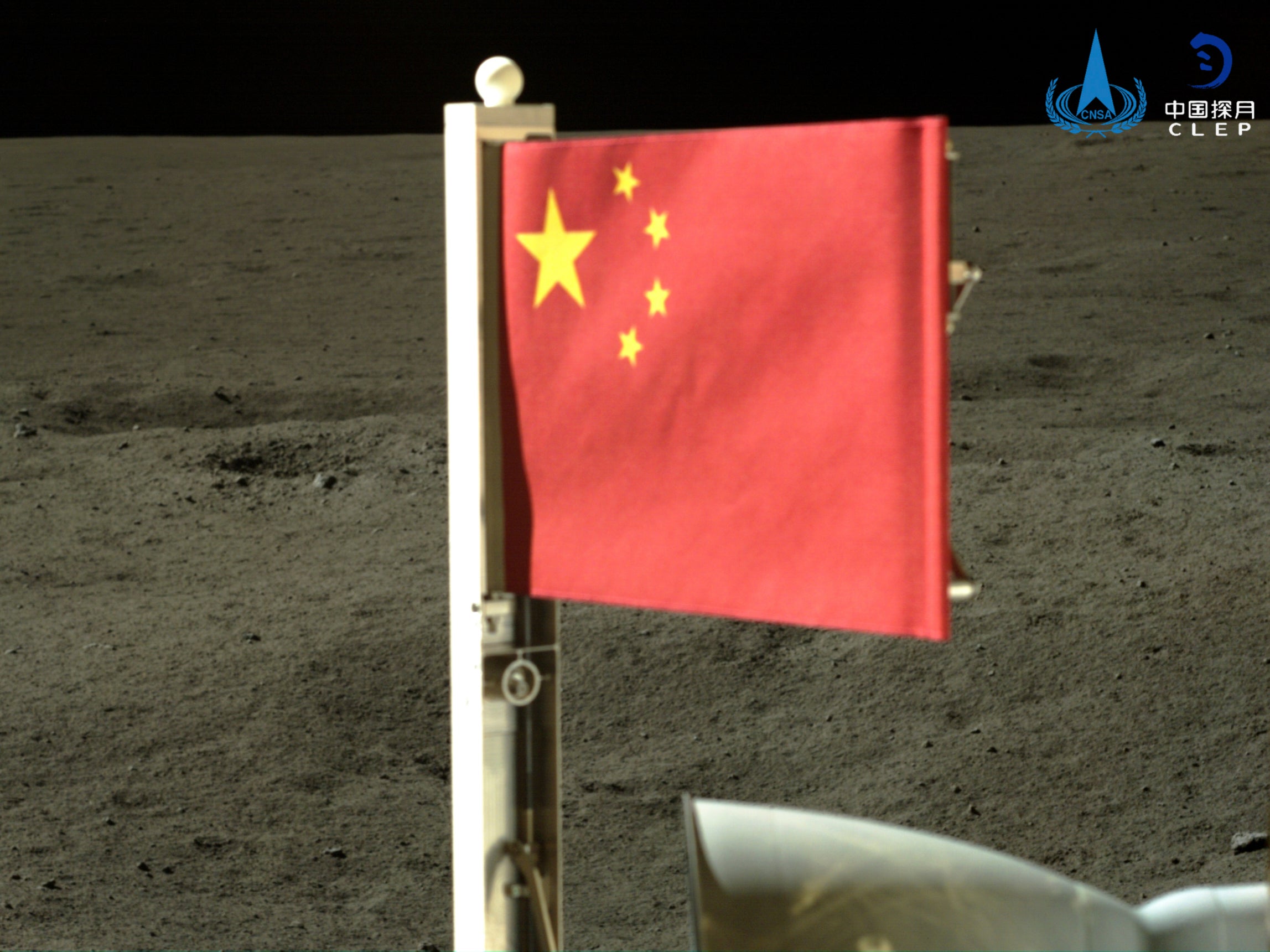China’s mission to dark side of moon begins challenging journey home with precious samples
Chang’e-6 makes history as first lunar probe ever to lift off the far side

Your support helps us to tell the story
From reproductive rights to climate change to Big Tech, The Independent is on the ground when the story is developing. Whether it's investigating the financials of Elon Musk's pro-Trump PAC or producing our latest documentary, 'The A Word', which shines a light on the American women fighting for reproductive rights, we know how important it is to parse out the facts from the messaging.
At such a critical moment in US history, we need reporters on the ground. Your donation allows us to keep sending journalists to speak to both sides of the story.
The Independent is trusted by Americans across the entire political spectrum. And unlike many other quality news outlets, we choose not to lock Americans out of our reporting and analysis with paywalls. We believe quality journalism should be available to everyone, paid for by those who can afford it.
Your support makes all the difference.China’s Chang’e-6 lunar mission has begun its challenging journey back to Earth, making history as the first probe ever to lift off the far side of the moon.
The mission’s ascent vehicle, carrying up to 2kg of specimens from the moon’s oldest impact basin, took off from the lunar surface on Tuesday morning, starting a three-week journey back, China’s space agency said.
It departed the moon at 2338 GMT after successfully collecting samples between 2 and 3 June.
Chang’e-6 “withstood the test of high temperature on the far side of the moon”, China National Space Administration said in a statement.
“This is the first time in human history for a spacecraft to take off from the far side of the moon.”
According to Chinese state TV, Chang’e-6 unfurled a Chinese national flag on the far side of the moon before departing.
“This is the first time that China has independently and dynamically displayed its national flag on the far side of the moon, which is made out of novel composite materials and special processes,” it said.
The Global Times noted that despite the extreme heat on the far lunar side, the probe successfully completed its core mission of collecting samples by drilling and deploying a robotic arm. It conducted automated, diverse sampling at multiple locations.

According to the space agency, unlike its predecessor Chang’e-5 which collected samples from the near side of the moon, Chang’e-6 faced the added technical challenge of operating without direct communication with the ground stations.
The probe instead relied on the relay satellite Queqiao-2, which was put into orbit in April, for communications.
Now in lunar orbit, the probe will rendezvous with another spacecraft to transfer the samples to a return module, which is expected to land in China’s Inner Mongolia region around 25 June.
Scientists across the world hope the Chang’e-6 samples will provide answers to longstanding questions, such as the reasons behind the differences between the moon’s two faces and what the basin’s precise age reveals about the early solar system.
Additional reporting by agencies.
Join our commenting forum
Join thought-provoking conversations, follow other Independent readers and see their replies
Comments